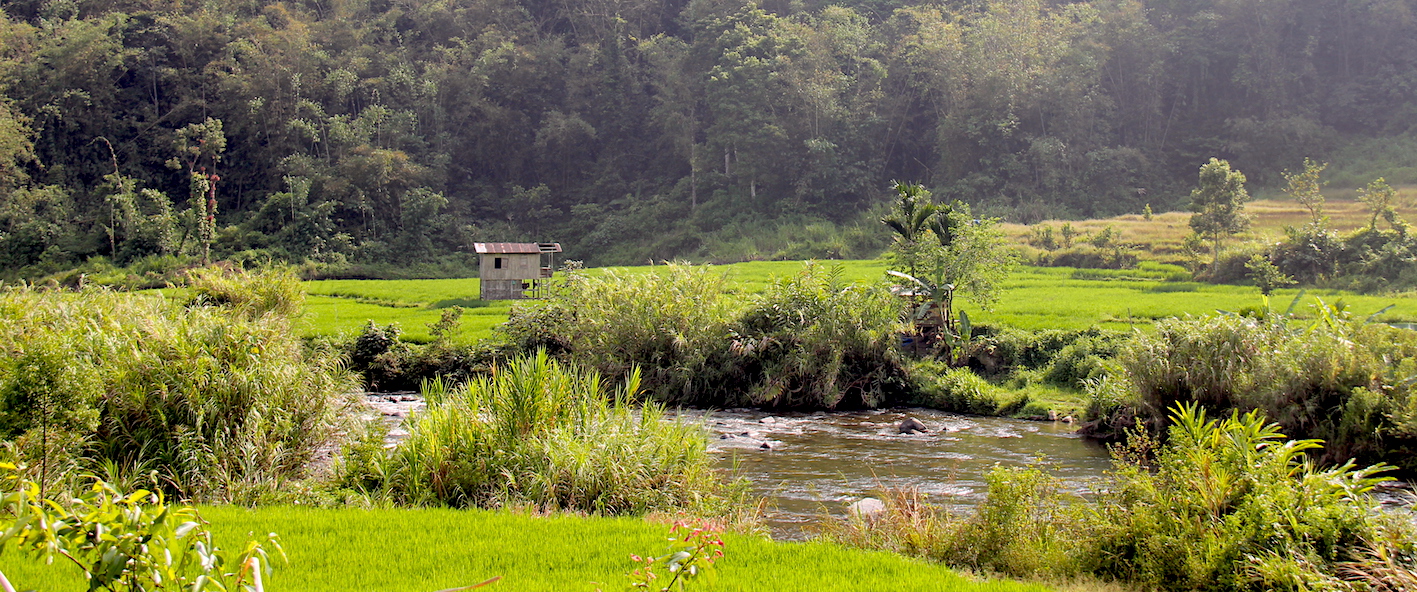
22 Oktober 2020

Under the umbrella of the Act No.41/1999 on Forestry, KKI-WARSI assisted forest communities to obtain legal status of community-based forest management. To date, KKI-WARSI is assisting the forest community to manage 28 Village Forests in Jambi and West Sumatera and 4 Customary Forests in Jambi under the same scheme: Village Forest (Hutan Desa). Hutan desa regulations create permanent forest estates and address forest management and village inhabitant livelihood interests. Lubuk Beringin in Bungo district, Jambi Province, Sumatra, was the first village in Indonesia to receive this protection status. The Jambi villagers fought hard to have a 2009 law activated, which protects lands as hutan desa areas.
Land ownership rights and unclear boundaries are contentious issues in Indonesia. Sometimes, the disagreements become violent and deadly. Hutan desa is a means to attempt to reduce or alleviate land rights and property line disputes. It is a long, slow, and difficult process for villagers to have their land classified as hutan desa. They must use their own financial means to apply for permits, and must delineate the area they are claiming. The villagers plea their case to authorities, while industries with greater financial resources also attempt to make claims to acquire the same land.
With the support of TFCA-Sumatera grant, the consortium assist Forest Community Management of 2 village forests and 5 customary forests in the District of Merangin and 5 village forests and 1 customary forest in the District of Bungo in Jambi province. In addition, 5 village forests were also established in the Distrit of Solok Selatan and 1 village forest in the District of Solok in West Sumatra province. KKI-WARSI was assisting a the total of more than 20.000 ha, with nearly 600 villagers directly involved in the forest management board.
One of them is a customary forest in Rantau Kermas, a 200 households-village in the District of Merangin, Jambi. The village is special due to its location, within the boundary of Kerinci Seblat National Park, 1000 m above sea level. Fortunately, in mid-2000 The National Government enclaved the area and took out it from the national park and administratively is included within Rantau Kermas village. This area is then assigned and serves as a buffer zone to the national park.
The permission of Rantau Kermas customary forest has not been published, but in the heart of every villagers the customary forest is a legacy from ancestors to their offspring. “This forest is not ours, it is amanah (inheritance) for our offspring”, is their understanding of forest management, as a mandate in the present generation. The consortium recognized the local wisdom of Rantau Kermas villagers in guarding the forest. Thus, the next big thing is designing direct and indirect incentive for the villagers, of having a well-preserved forest.
 Rantau Kermas source of electricity is a micro hydro power plant “Sakti Alam Serampas”, in Batang Langkup River. The motto is Lampu Nyalo Rimbo Tajago, Lampu Nyo Terang Rimbo Jangan Ditebang. A local saying means “Electricity light up our forest, the light shine bright in a forest we keep intact”. The villagers are living up to the words.
Rantau Kermas source of electricity is a micro hydro power plant “Sakti Alam Serampas”, in Batang Langkup River. The motto is Lampu Nyalo Rimbo Tajago, Lampu Nyo Terang Rimbo Jangan Ditebang. A local saying means “Electricity light up our forest, the light shine bright in a forest we keep intact”. The villagers are living up to the words.
With upstream in Kerinci Seblat National Park, tributaries of Batang Langkup are streaming down, like arteries, in the Customary Forest of Rantau Kermas. Adopting the local wisdom, the consortium encouraged forest management board to take it to the next level. Global community have to be involved in Rantau Kermas customary forest preservation. In January 2014, the management launched Tree Adoption Campaign. Early survey resulted lists of 891 trees of various species are growing in the customary forest. Adopter could adopt more than one tree, and donate IDR 200,000 (USD 20) via bank transfer for each tree annually. The adopter would get an adoption certificate and 6 monthly update of their trees. Patrol, enrichment of customary forest, and other activities supporting conservation and economic balance of the area, and operational cost are funded from the donation. To date, 124 trees are in adoption.
SHARE:
